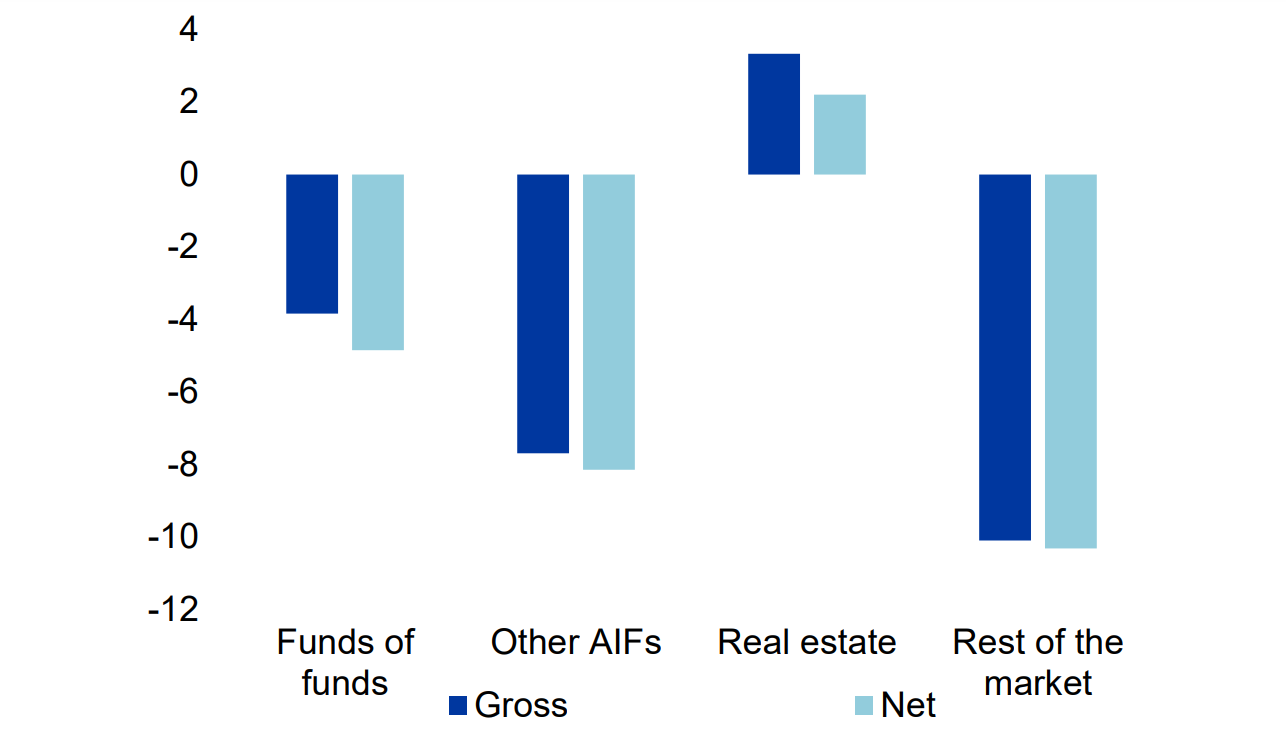The European Union's financial markets regulator has released its annual report on the costs and performance of key retail investment products, finding a general decline in expenses but ongoing disparities across member states.
The European Securities and Markets Authority (ESMA) report covers 2021 data on products like investment funds, ETFs and structured products sold to retail investors across the 27-member EU bloc.
EU Regulator Finds Declining Costs in Retail Investment Products
While the average cost of investing in these products fell compared to 2020, ESMA said "cost heterogeneity persisted" in different countries. The regulator cited clearer fee disclosures mandated under EU rules as one factor helping improve transparency and potentially lower expenses.
"Costs and performance are key determinants of whether retail investors benefit from their investments, and whilst it is to be welcomed that the cost incurred by investors has slowly declined, retail investors still need to consider costs carefully in their investment decisions," said Verena Ross, the Chairwoman of ESMA.
The report found that over a 10-year investment horizon, fees can still eat up a meaningful part of returns. For a €10,000 investment in the popular UCITS fund category, investors paid around €2,000 in total costs and earned a net return of €14,850 after a decade.
Market Category | Key Findings |
UCITS Costs | Costs have declined, but active equity funds remain more expensive than passive funds and ETFs. |
Investment Value | For a €10,000 investment in UCITS over ten years, costs would be around €2,000 with a net value of approximately €13,500. |
ESG UCITS Performance | ESG funds underperformed compared to non-ESG in 2022, but outperformed over a three-year period; costs are similar to non-ESG. |
Alternative Investment Funds (AIF) | Dominated by professional investors, retail investors mainly in funds of funds, “other” AIFs, and real estate funds. |
Structured Retail Products (SRPs) | Entry costs increased in 2022; performance scenarios suggest possible negative returns for some SRPs. |
ESMA additionally flagged underperformance challenges, hitting funds focused on environmental, social, and governance (ESG) criteria last year during the energy crisis and rising rates of the environment. However, over a three-year period, ESG funds fared better. The ongoing costs for ESG funds were competitive with non-ESG funds.
With retail investor participation at about 14%, the AIF market remains dominated by professional investors. Among the favored categories, real estate funds showed positive returns in 2022, although they face upcoming challenges due to market conditions.
Negative returns in 2022 for all AIF types:

Although the report did not address the topic of CFDs, this instrument has once again come onto ESMA's radar. According to the regulator, brokers incorrectly present information about these instruments, confusing them with the offer of real stocks.
Why ESMA's Report Matters
Still, regulators emphasized the value of the annual reports on retail investment costs and transparency. "Clear and comprehensive information on retail investment products can help investors assess the past performance and costs of products offered across the EU," ESMA said. The data aim to assist retail investors in making informed decisions amid various complex choices.
ESMA's report is critical in promoting transparency in the costs and performance of retail investment products. This clarity assists investors in evaluating the past performance and costs of these products, thus aiding in making informed investment choices. The report also stresses the importance of regulatory measures like MiFID II , UCITS, and PRIIPs in ensuring that asset managers and investment firms act in the best interests of investors.
Throughout the year, ESMA releases various reports and industry calls-to-action. One of the recent ones focused on the Markets in Crypto-Assets Regulation (MiCA), urging market participants to prepare adequately for implementing new MiCA regulations. Meanwhile, the pan-European regulator has issued new guidelines aimed at enhancing circuit breakers to bolster market stability.






















